Tower clocks
Over 150 years of French expertise and know-how.
Since 1868, Bodet has designed and manufactured tower clocks in France and around the world. Our Bodet tower clocks are designed in specific materials to withstand the effects of time, weather and UV rays.
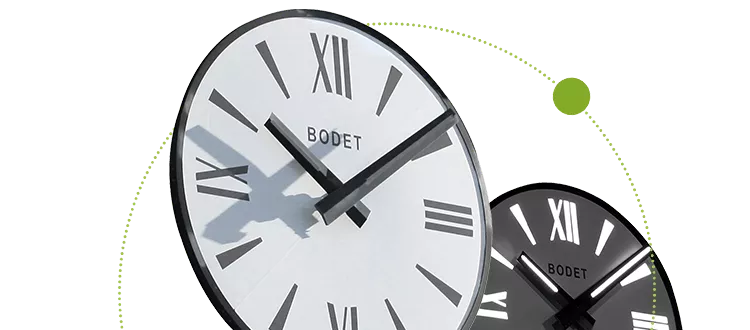
Why a tower clock?
When perfectly integrated, a tower clock reinforces the visual identity of a building. And as each construction is unique, our dials are customisable. Graphics, markings, hands, colours, dimensions, movement types, fixing systems, we have thought of everything to highlight all types of buildings.
To highlight every building style, we offer 4 different models of dials: customisable dials, skeleton dials, illuminated dials, enamel dials.
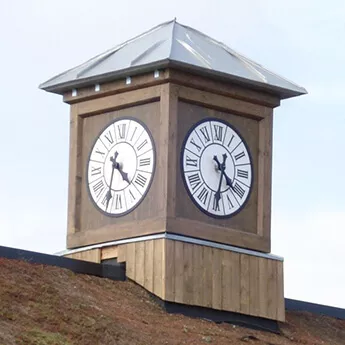
Customisable dials.
For a unique identity.
Bodet offers a wide range of styles, colours, hands and marking options to fit harmoniously into different types of buildings.
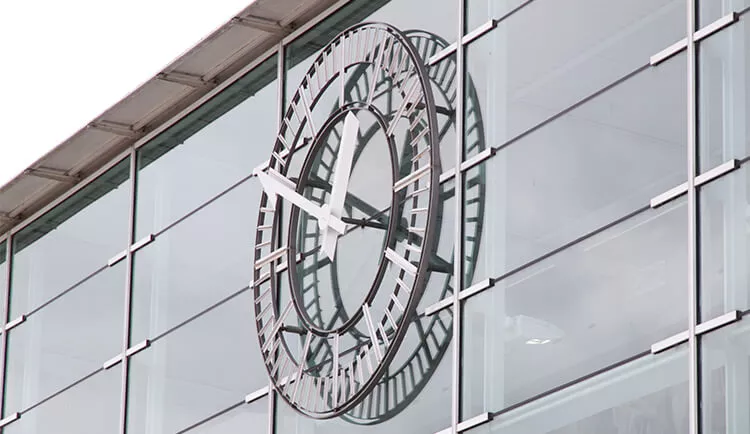
Skeleton dials.
For a clean, pure style.
With or without a frame, the simplicity of the skeleton dial blends in with contemporary architecture and brings a modern touch to historic buildings.
There are several options to choose from, such as the graphics of the numbers and the material of the structure (steel or aluminium).
Aluminium structures benefit from being strong, light and resistant to corrosion.

Illuminated dials.
To shed light on our heritage.
With a modern aesthetic, an illuminated dial highlights the buildings, day and night. At night, the numbers and hands are illuminated to make reading the time easier.
Illuminated dials are equipped with high-power LED lighting technology.
The LEDs’ lifespan is about 10 years (at a rate of 8 hours/day).
Note: during the day, the dial background is white and the numerals are black. At night, everything is reversed: the background becomes black and the numbers light up.
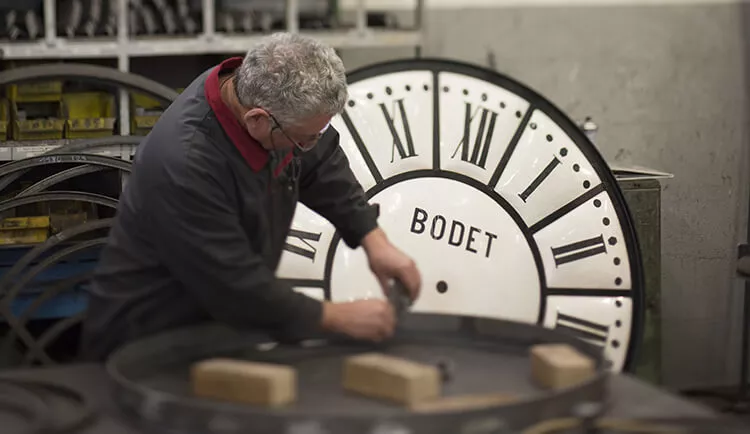
Enamel dial.
For more authenticity.
Characterised by its white background and black numerals, enamel dials are recommended for listed buildings.
Enamel is a very resistant material, known for its resistance to weather and UV rays, and for its non-flammable, colourfast and anti-graffiti properties.
Thanks to the enamelling process (which applies a vitreous layer of silica and metallic oxides on a steel base prior to baking), enamel dials have an unequalled strength over time (more than 50 years).
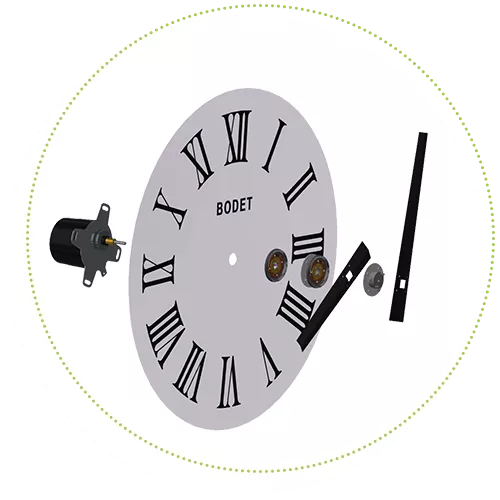
Which type of movement for my dial?
To display the time, the dial is associated with a movement. This movement is controlled by a master clock or a GPS antenna. Synchronisation ensures that the time is set automatically with absolute precision.
This precision is also ensured by the position of the hands, which are electrically controlled enabling the time to be displayed accurately.
To meet all needs, we offer 2 movement types:
- Intelligent clock movements
- D1D2 electrical movements
Examples of possible installations
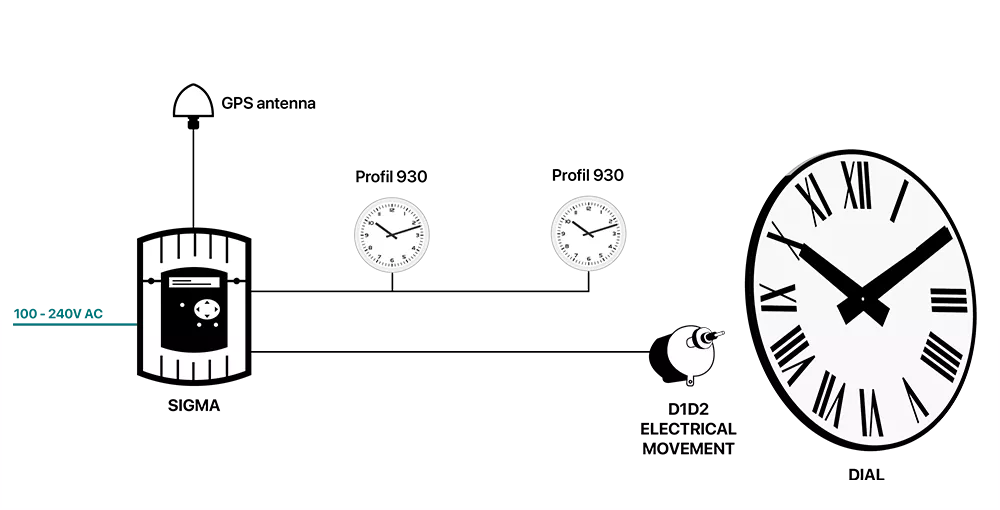
For which buildings?

Government buildings

Stations

Airports

Shopping
centres

Restaurants

Schools
Trust us with your
international project

Baniyas School, Abu Dhabi,
United Arab Emirates

Clock Tower, Batumi,
Georgia

Lerida train station
Spain

Kuopion Portti railway station,
Finland

Port Said railway station
Egyp

Grand Hotel du Boulevard,
Bucharest,
Romania

Tivola Gröna Lund Amusement Park
Sweden

Havelock North Village,
New Zealand
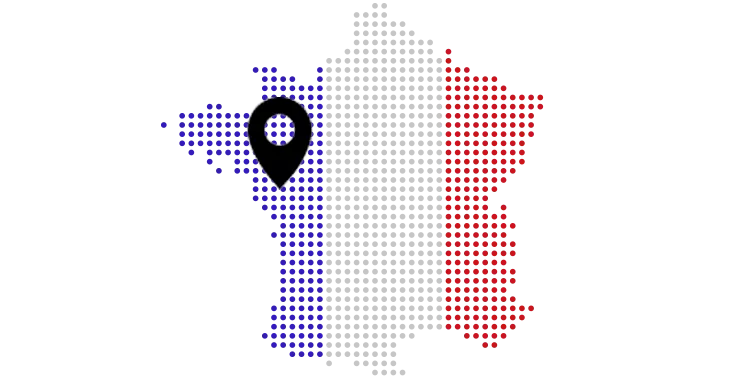
Made in France quality.
1868: Paul Bodet installs the first clock tower in Trémentines, France. Since then, the Bodet company has manufactured and restored more than 11,000 tower clocks in France and around the world.
With over 150 years of know-how and unique experience with tower clocks, all of our products are entirely designed and manufactured in our factory in Trémentines, France.